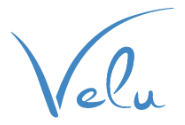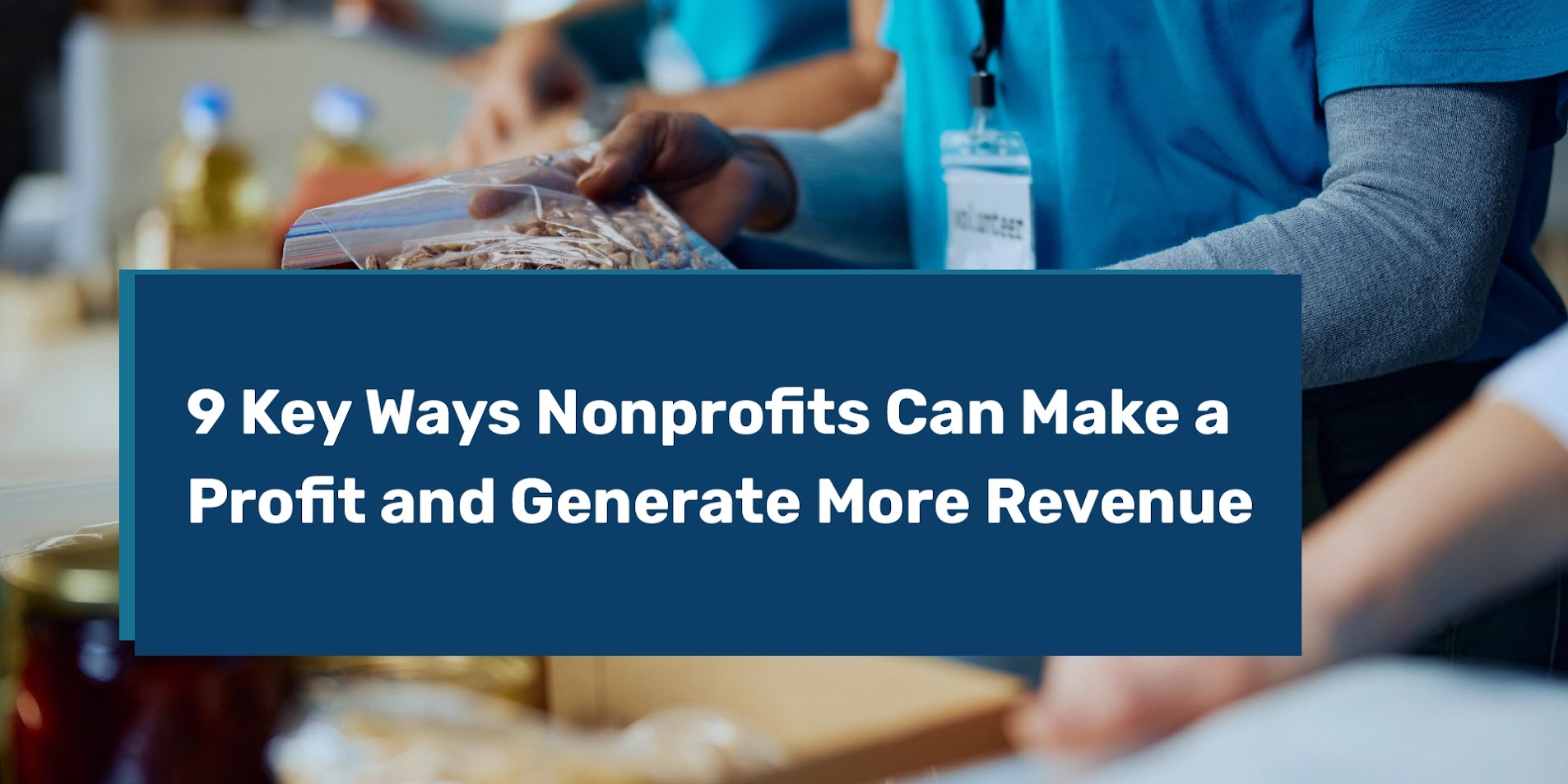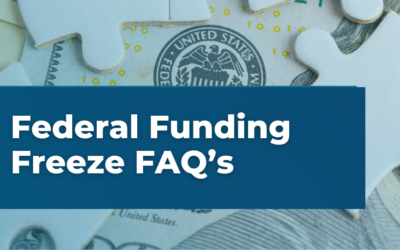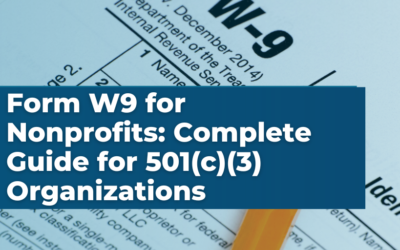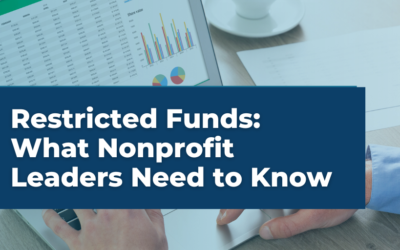How Nonprofits Can Make More Money: A CFO’s Guide to Financial Stability
As a CFO specializing in nonprofit organizations, I often get asked, “How can our nonprofit make more money?” This question is crucial because financial stability directly impacts your organization’s ability to fulfill its mission.
At its core, there are two main strategies to address financial health: increasing revenue or cutting costs. While cost-cutting may provide short-term relief, it often results in overburdened staff, diminished program effectiveness, and a decline in donor trust. On the other hand, focusing on revenue generation offers a more sustainable pathway to long-term success.
In this guide, I’ll outline 6 effective ways nonprofits can generate more revenue, along with 3 thoughtful cost-cutting strategies to ensure your organization stays on track without sacrificing impact.
6 Proven Ways to Generate More Revenue for Your Nonprofit
1. Grant Maximization
Grants are one of the most significant funding sources for nonprofits. To maximize their potential:
- Strengthen Grant Processes: Streamline your grant writing and reporting to make your nonprofit more appealing to funders.
- Leverage Government Funding: Research federal, state, and local government grants. Use awarded funds to secure matching donations from private funders, as they’ll see a greater return on their investment.
Pros:
- Provides substantial funding with minimal upfront costs.
- Aligns with mission-driven programming.
- Enhances your credibility with stakeholders.
Cons:
- Time-intensive and competitive.
- Often comes with restricted use.
Action Steps:
- Create a Grant Calendar: Identify grant opportunities and organize them by deadlines and focus areas. Use tools like a grant tracking spreadsheet to stay on top of applications.
- Develop a Master Grant Template: Prepare answers to commonly asked grant application questions.
- Pro Tip: Align your grant application with the outcomes you plan to report on for seamless accountability.
2. Program-Specific Funding
Attract donors by designing program-specific budgets that highlight the tangible impact of your initiatives. By focusing on restricted grants and contributions, you can maximize operational funding.
Pros:
- Builds clarity and alignment with donors.
- Encourages better resource allocation internally.
Cons:
- Often comes with restrictions.
- Can create dependence on program-specific funding.
Action Steps:
- Develop program-based budgets that outline clear outcomes.
- Allocate overhead costs into program budgets, ensuring donor expectations are met while covering operational needs.
3. Monthly Giving Campaigns
Recurring donations stabilize cash flow and build donor loyalty over time.
Action Steps:
- Engage Board Members: Set up a “give or get” policy requiring contributions from each board member.
- Engage Program Participants: Collect contact information and follow up with success stories to encourage donations during peak moments of gratitude.
- Pro Tip: Use an online giving platform like Qgiv or Funraise to make donations easy and recurring.
Pros:
- Provides predictable and consistent revenue.
- Fosters long-term donor relationships.
Cons:
- Requires ongoing engagement and communication.
- Takes time to scale.
4. Corporate Sponsorships
Partnering with corporations can provide substantial funding while boosting visibility.
Pros:
- Substantial funding opportunities.
- Increases credibility and exposure.
Cons:
- Requires alignment of values.
- Potential reputational risks if sponsors face controversies.
Action Steps:
- Research corporations with aligned values using tools like LinkedIn and Guidestar.
- Build relationships with corporate representatives and discuss volunteer or sponsorship opportunities.
5. Fee-for-Service Models
Charging for services like workshops or training can diversify income streams and create accountability among participants.
Pros:
- Provides unrestricted funds.
- Encourages participant buy-in and commitment.
Cons:
- May exclude those who cannot pay.
- Requires careful pricing strategies to remain mission-aligned.
Action Steps:
- Develop a pricing model that includes overhead costs.
- Research competitors to ensure your services provide unique value.
- Collect and showcase reviews to build trust with prospective participants.
6. Fundraising Events
Events like galas, virtual campaigns, or volunteer days can energize supporters and generate revenue.
Pros:
- Engages the community and donors.
- Provides opportunities for recognition and celebration.
Cons:
- High upfront costs.
- Time-intensive planning.
Action Steps:
- Conduct feasibility planning to ensure the event will generate a positive return on investment.
- Partner with corporate sponsors for funding and volunteer support.
- Follow through with a detailed itinerary and engage local leaders to drive attendance.
3 Key Cost-Cutting Strategies for Nonprofits
While revenue generation is ideal, sometimes external pressures necessitate cutting costs. When done strategically, these measures can help preserve your mission.
1. Reduce Overhead Costs
Cutting nonessential overhead expenses can free up funds for programming.
Action Steps:
- Audit your budget to identify unnecessary expenses.
- Automate processes like expense management and donor tracking with affordable digital tools.
- Explore fractional services for accounting, grant writing, or marketing to reduce in-house costs.
2. Program Evaluation
Use tools like a Mission/Money Map to evaluate the financial and mission impact of each program. Reallocate resources to higher-performing areas.
Action Steps:
- Work with your leadership team and accountant to identify underperforming programs.
- Engage your network to uncover new funding opportunities for valuable initiatives.
3. Staff Reductions
While a last resort, downsizing may be necessary during severe budget constraints.
Action Steps:
- Reallocate staff to funded programs when possible.
- Communicate with empathy and offer support to affected staff during their transition.
Key Takeaways for Nonprofit Leaders
Balancing mission-driven objectives with financial stability is a challenge, but with a strategic approach to revenue generation and cost management, your nonprofit can thrive.
Ready to take your nonprofit’s financial strategy to the next level?
📅 Book a Free Consultation Today
Let us help you achieve financial sustainability and mission success.
Schedule your consultation now and start building a stronger future for your nonprofit.
